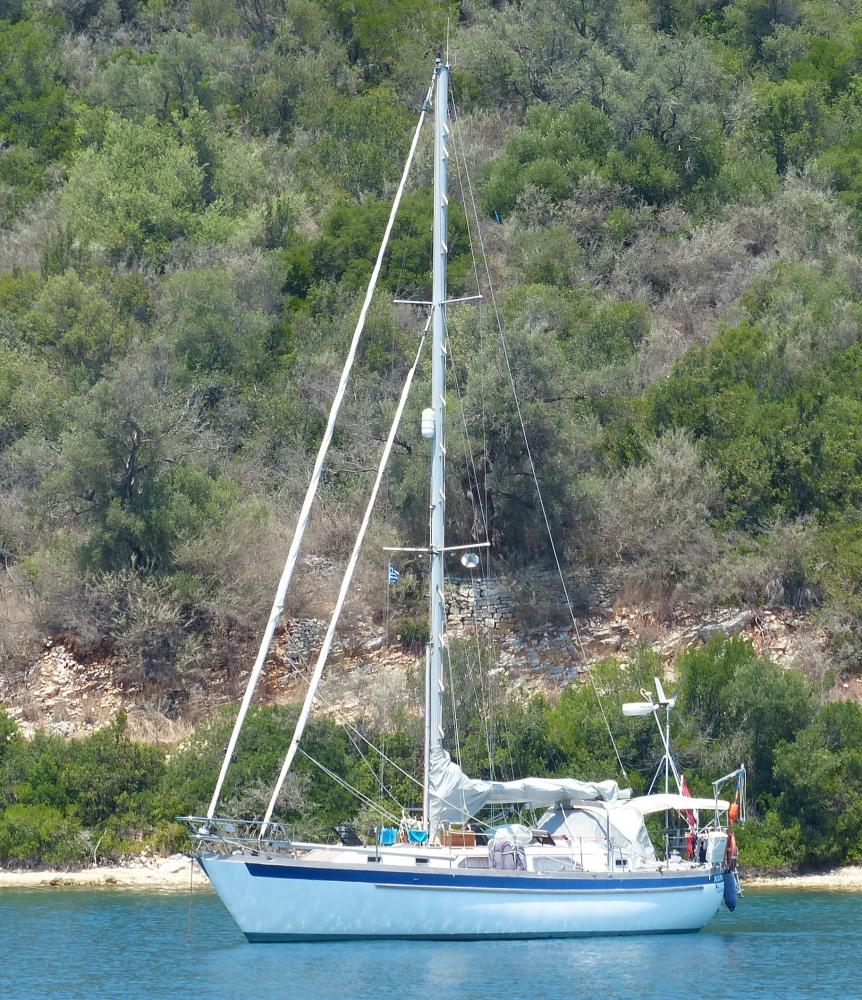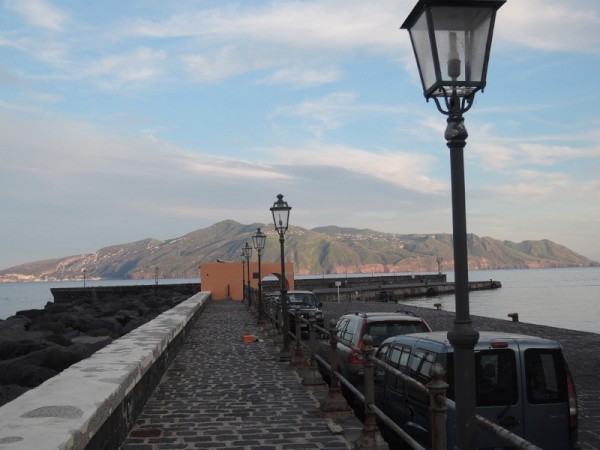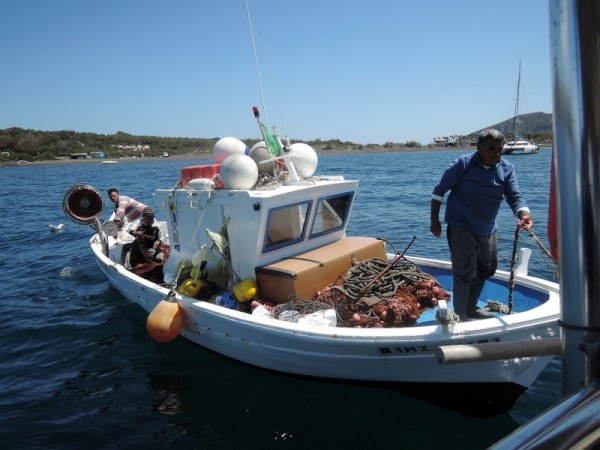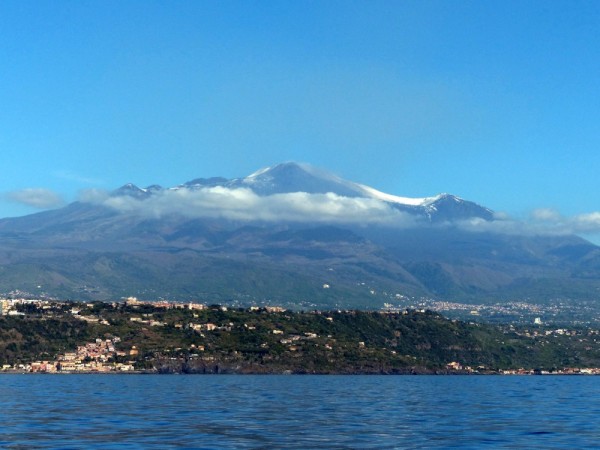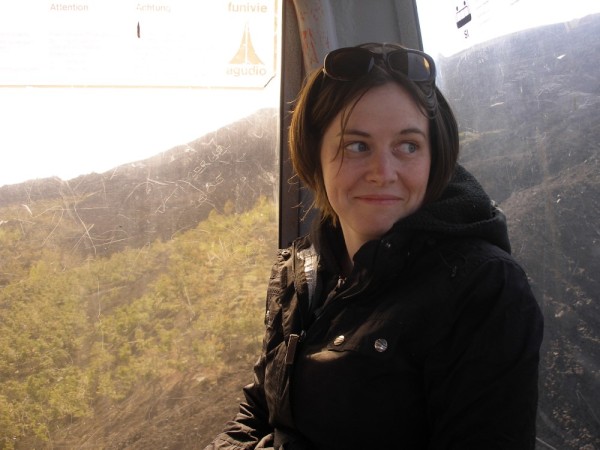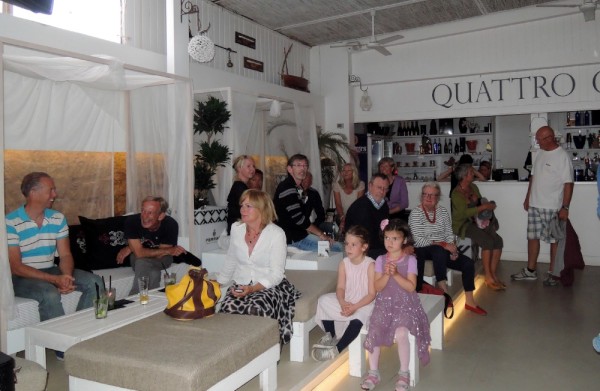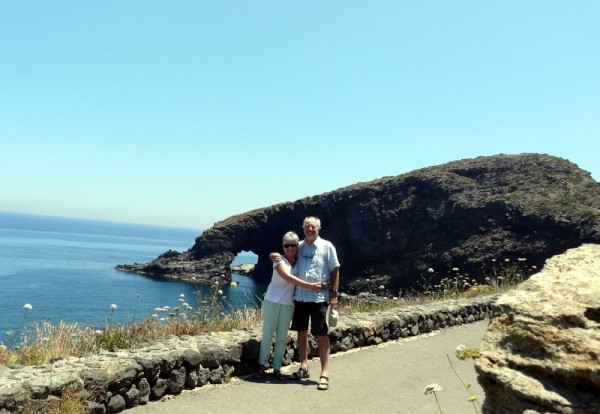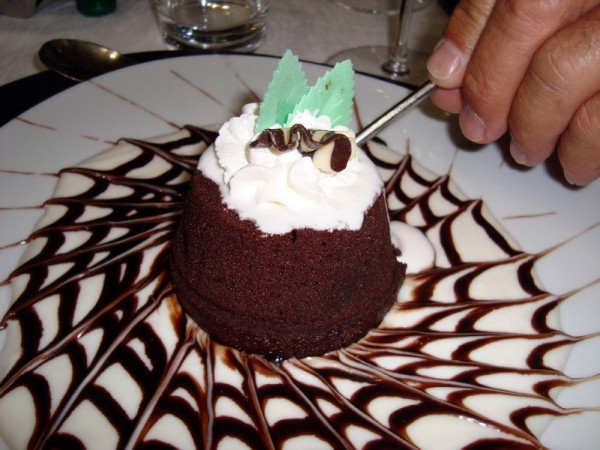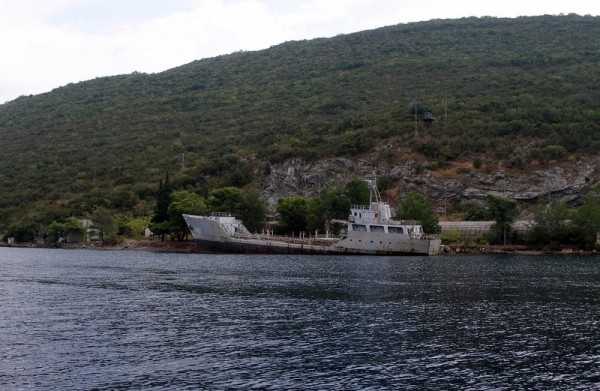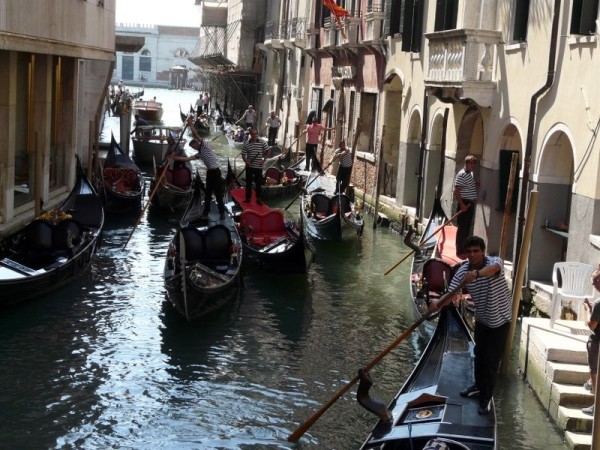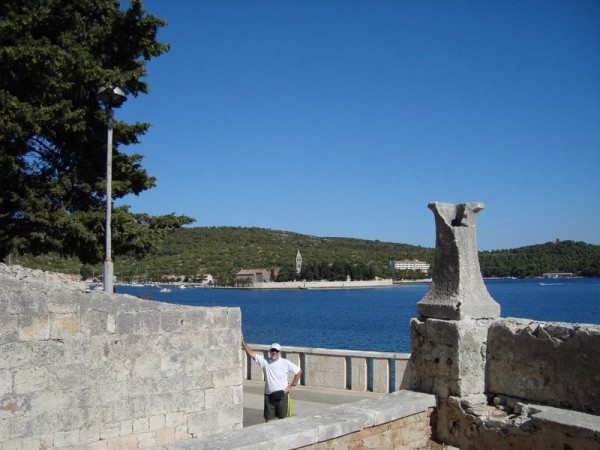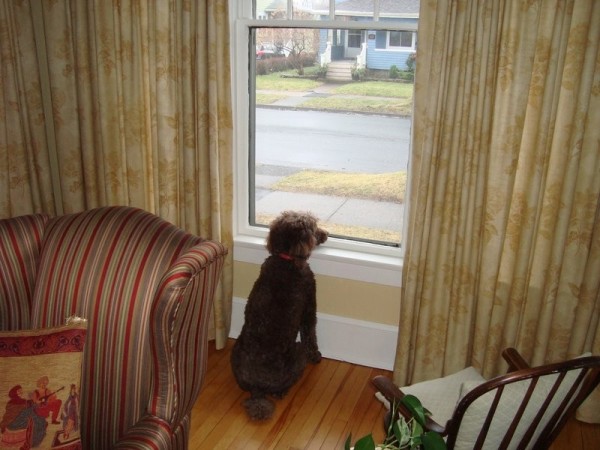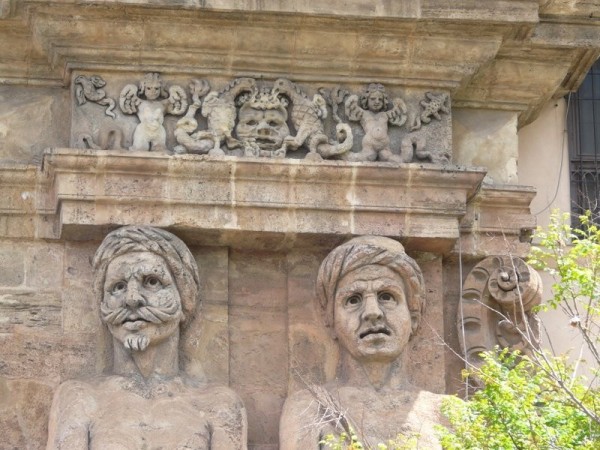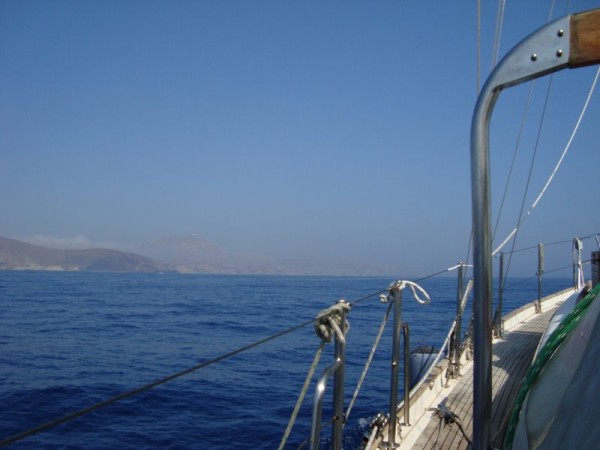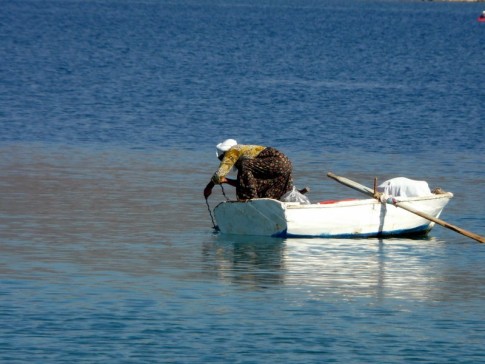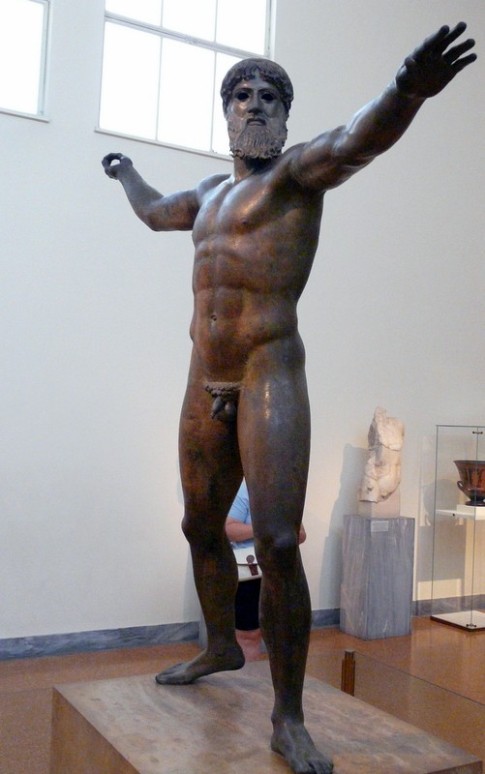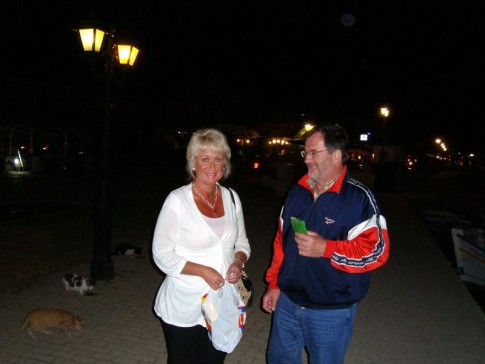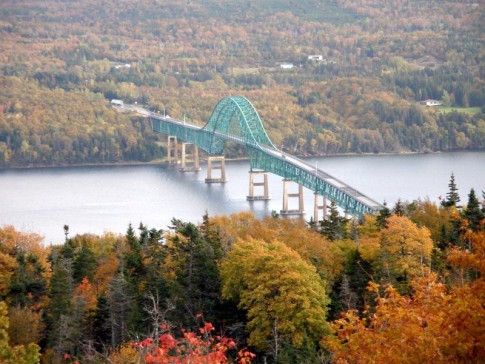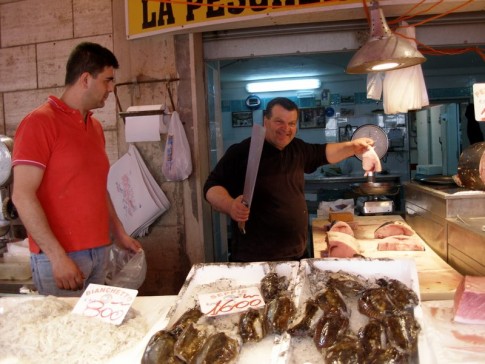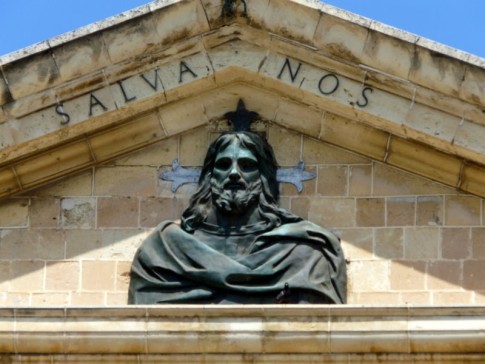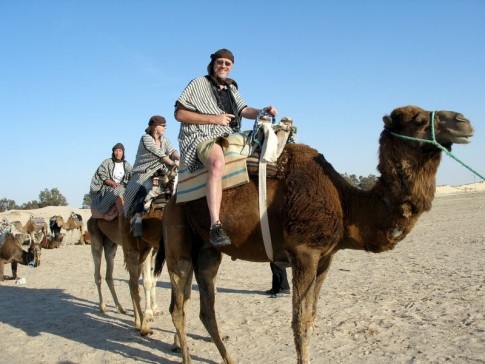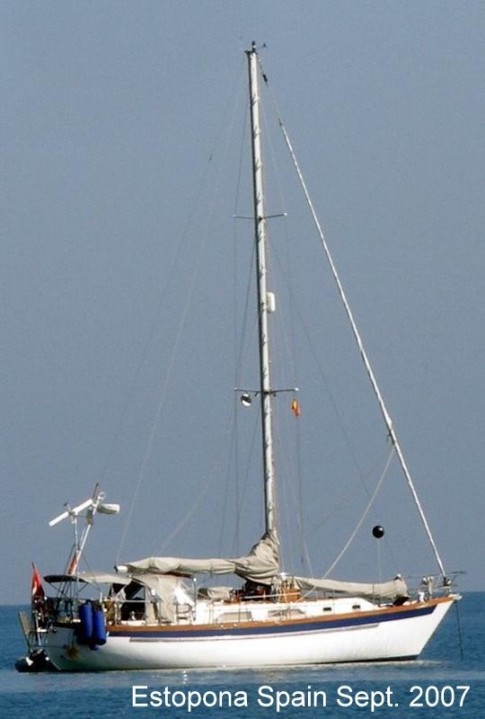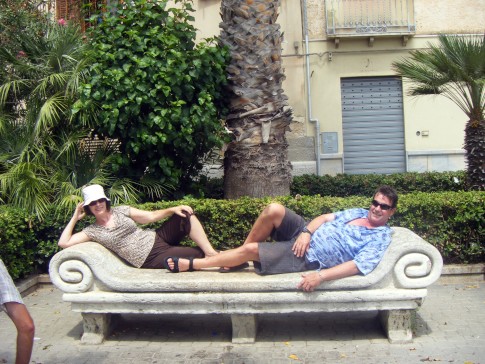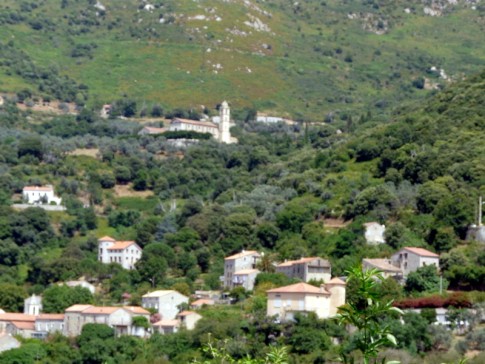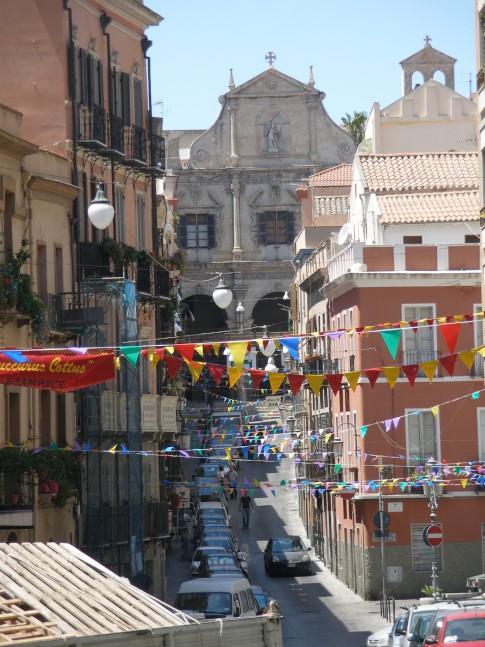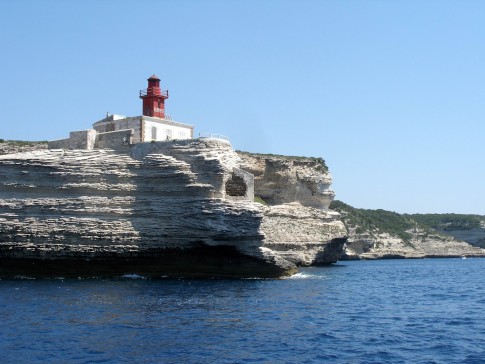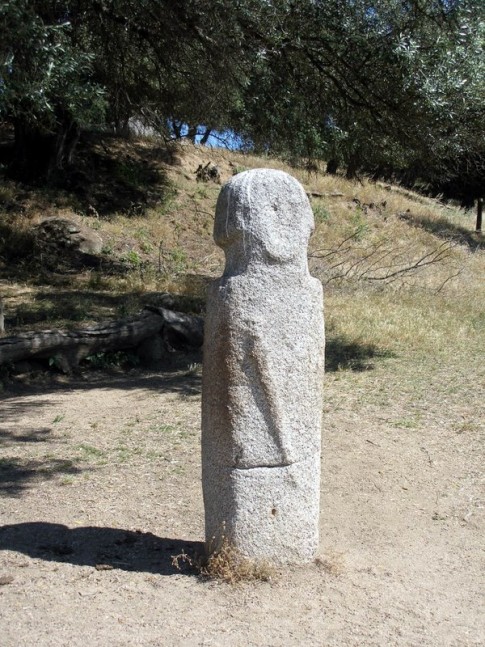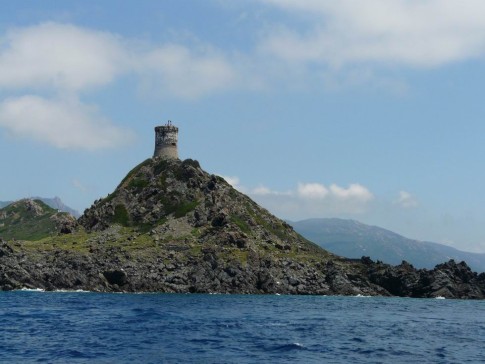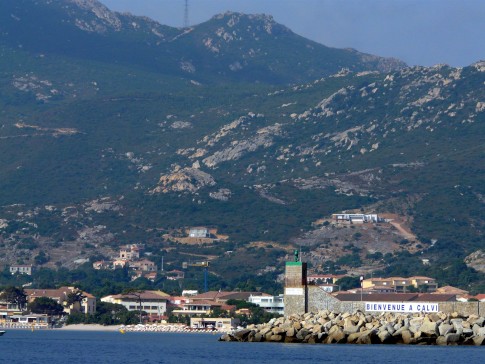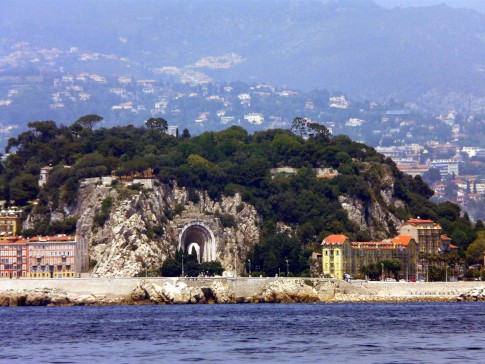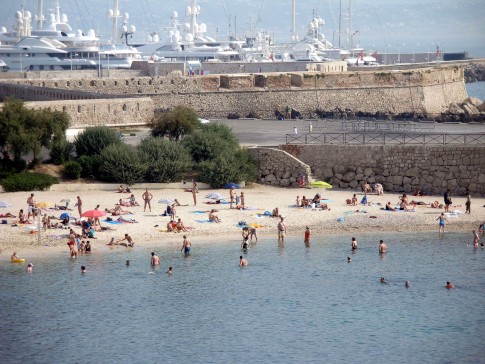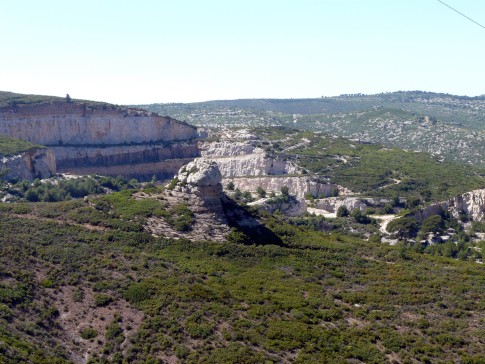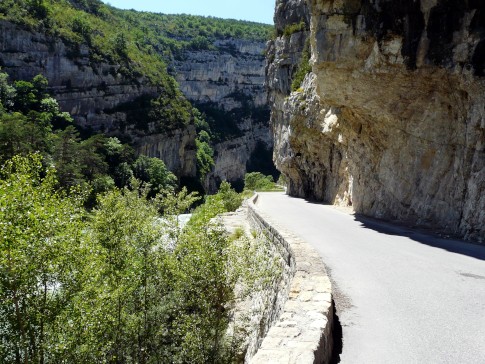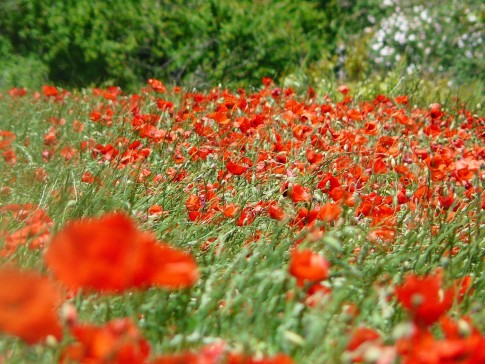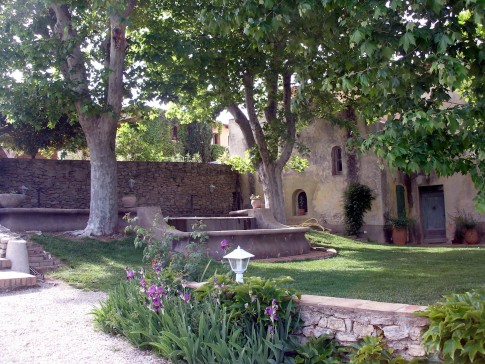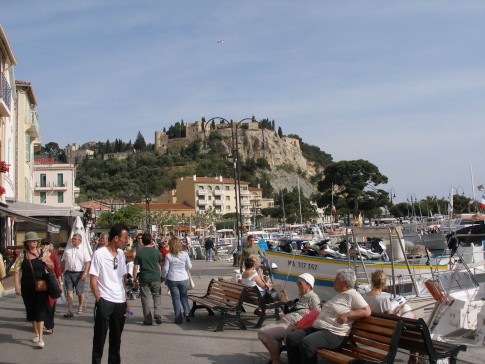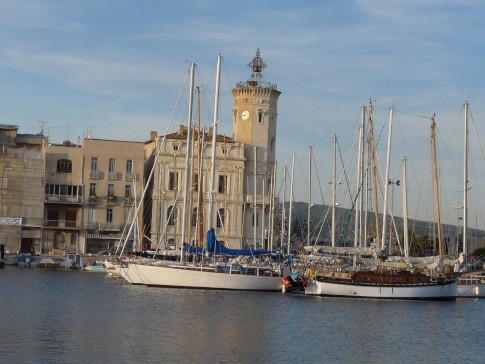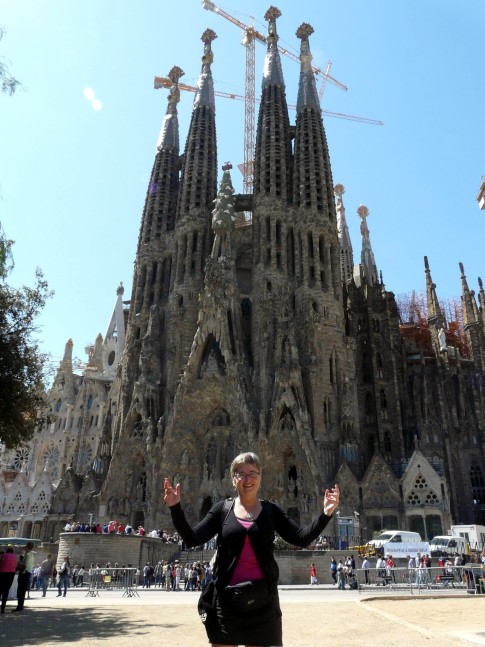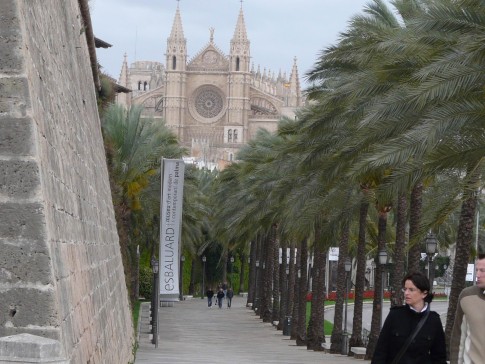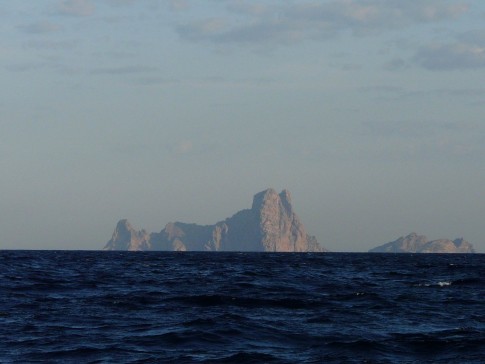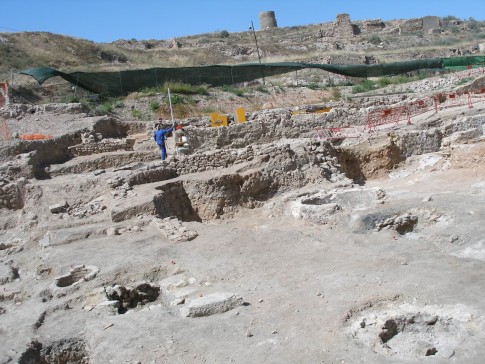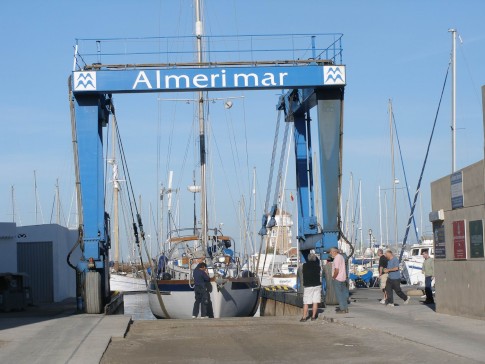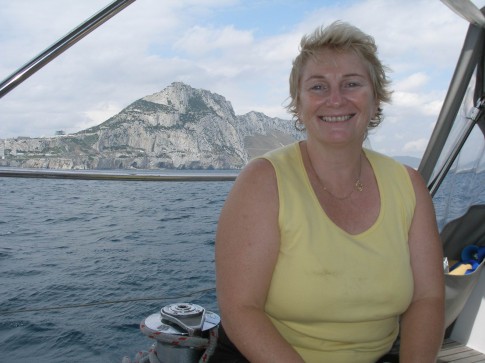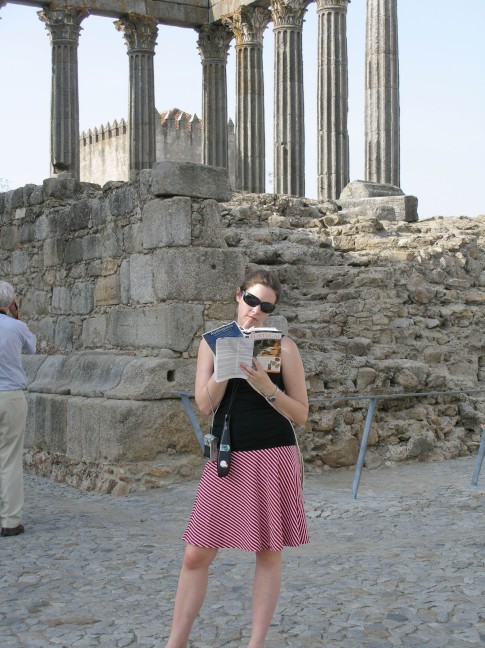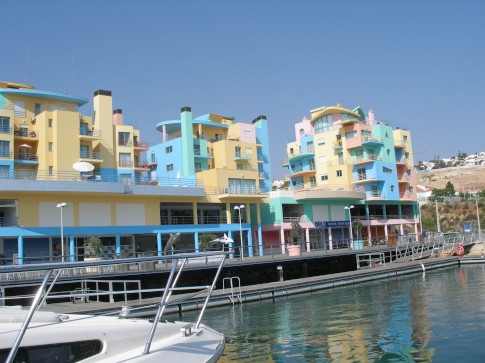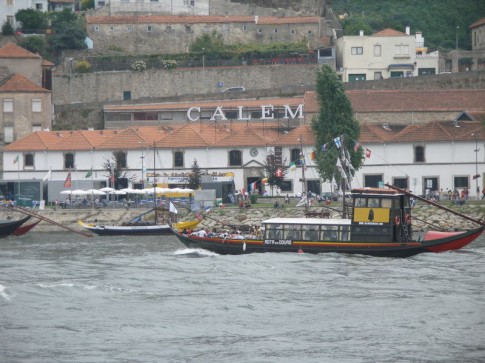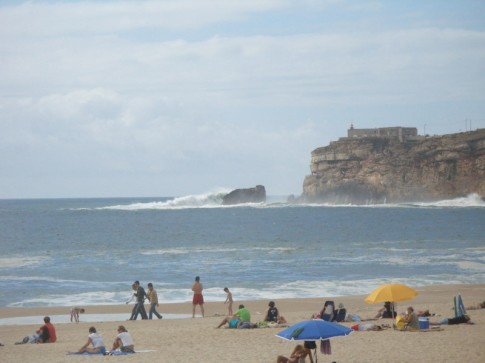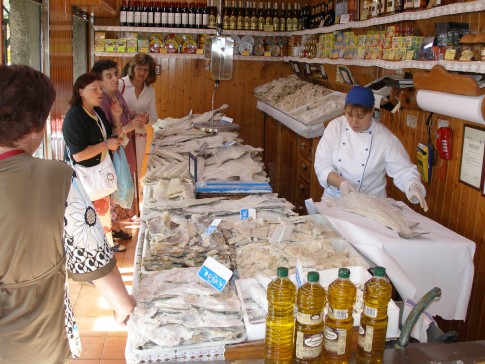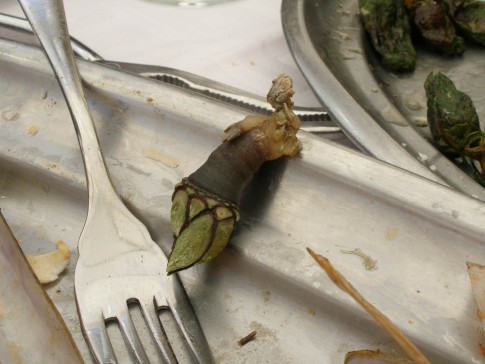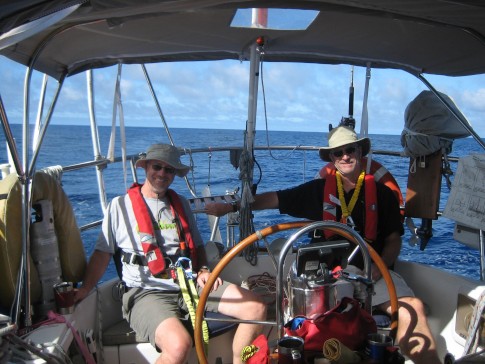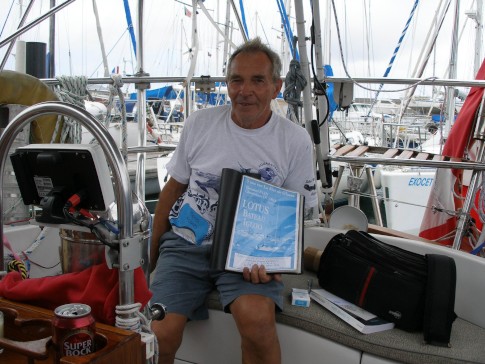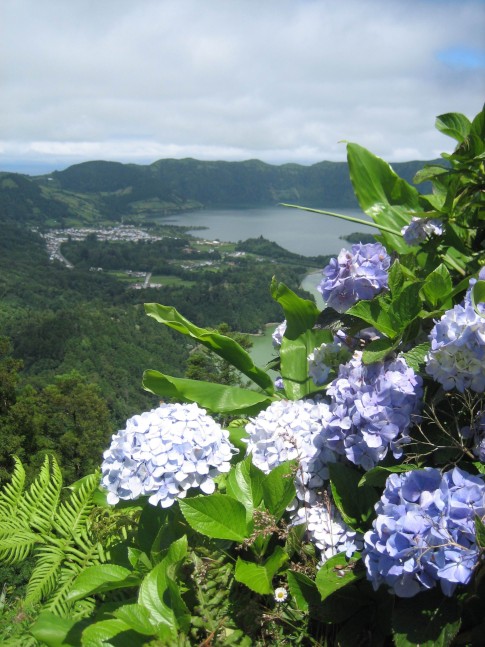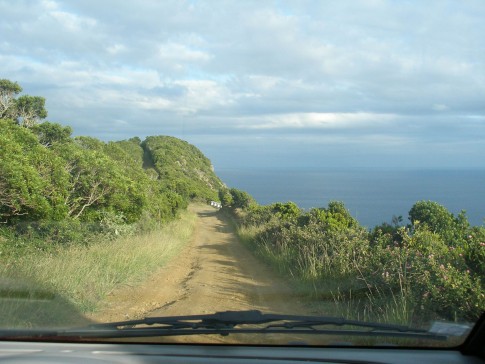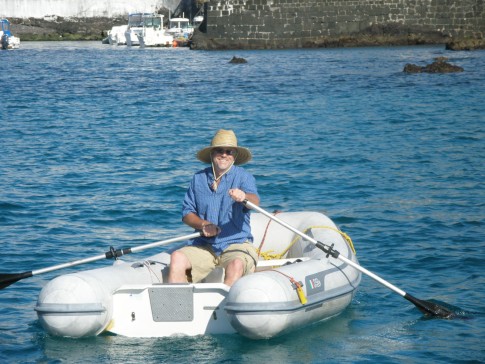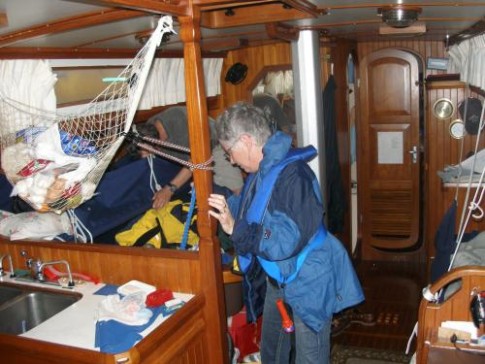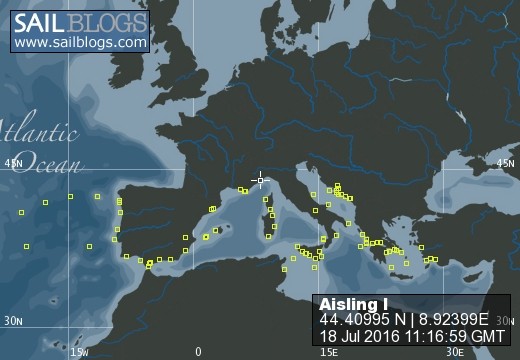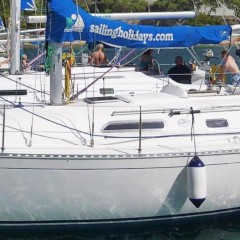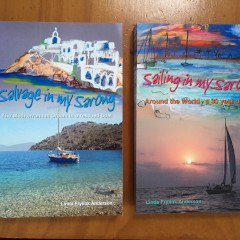
Aisling I
18 July 2016 | Genoa
11 July 2016 | Genoa Italy
04 July 2016 | Genoa
02 July 2016 | Genoa
25 June 2016 | Porto Azzurro Elba
11 April 2016 | Marina di Ragusa
21 March 2016 | Halifax
01 March 2016
14 January 2016
30 September 2015
25 September 2015 | Crotone Italy
18 September 2015 | Erikoussa
10 September 2015 | Preveza
10 September 2015 | Preveza
24 July 2015 | Preveza
20 July 2015 | Varko Bay
13 July 2015 | Vlicho Bay
09 July 2015
03 July 2015 | Preveza Greece
21 June 2015
Old News from Athens
13 August 2009 | Vlicho
Bonnie
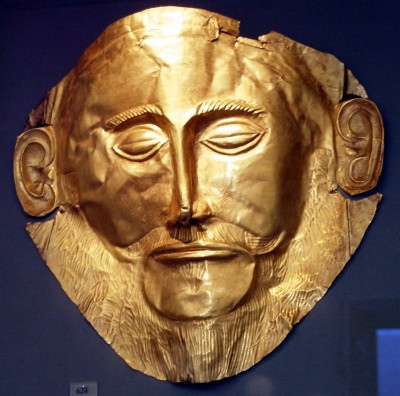
Life proceeds at a pretty slow pace here in Vlicho. The downside of this is that we still have a non-functioning windlass. On the positive side, we've had time to relax and catch up on a few things, including some missing pieces from our journal. Here's our log entry on Athens, in case anyone is interested in reading old news!
____________________________________________________________
For centuries, Athens was the artistic, cultural and intellectual centre of the ancient world. No one seems quite certain when the hilltop town took the name of the goddess Athena, but the site has a history that dates back to Neolithic times. In its heyday, the city-state of Athens was home to Aristotle, Plato, Socrates, Herodotus and the statesman Pericles, who in 447 BC, undertook the mega-project of constructing the Parthenon. Modern-day Athens is a city of contrasts, where ancient monuments and classical buildings provide relief from the ugly concrete jungle erected when "The Colonels" (a military junta from the 1960s and 70s) were in power.
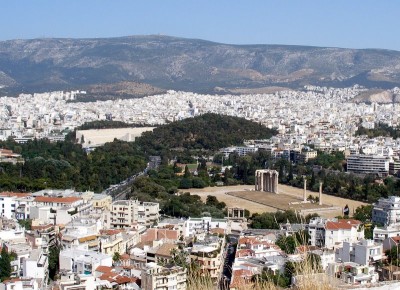
Two days in Athens allowed us barely enough time to get a glimpse of the major sites, but we did our best.
Our arrival in Athens was auspiciously timed to coincide with a period of relatively cool weather. By "cool", I mean that the mercury was hovering in the low 30s instead of the 36+ temperatures of the previous week. We'd made a reservation at the Hotel Astor near Syntagma Square, where the price of 86 euros included a large double room with bath and an elaborate breakfast buffet served in a rooftop restaurant that overlooked the Acropolis. I collapsed into a deep sleep within minutes of checking in, but Rick was surprisingly full of energy and set out for the Acropolis (which I had already toured during my short visit to Athens in June). He returned two hours later, hot and footsore from the steep climb, but suitably impressed by the sites on the hill. The Parthenon and several of the other temples were still under scaffolding, but that is likely to be the case for an extended period in view of the scope of the restoration project.
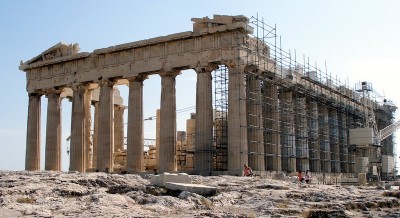
Early in the evening, we wandered over to the Plaka district (the old Turkish quarter) and walked to the Roman agora to see the Tower of the Winds.
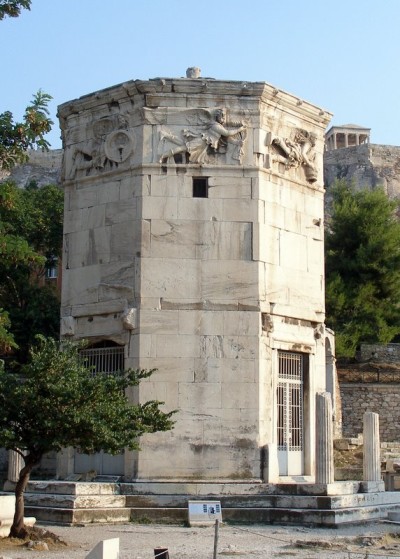
We'd read about this tower in the wonderful book "Southern Winds" by Sebastian Smith, a thoughtful gift from Linda Keddy that was waiting for us when we returned home in June. Built over two thousand years ago, each of the tower's eight sides is aligned with a cardinal compass point and decorated with a relief depicting the appropriate Mediterranean wind. In ancient times, it served as a sundial, waterclock and windvane. Even though it is not a large structure, this tower has deep meaning for those of us whose travel is governed by those unpredictable winds! After a quick dinner in a streetside taverna, we made it an early night.
After breakfast the next morning, we headed for the bus station to buy our tickets to Lefkada, with a brief detour to the end-of-season sale at a Zara store along the way. Next on the agenda was the National Archeological Museum, a treasure house of artifacts where every display case is a lesson in history. Surely this is one of the richest collections in the world, including primitive artwork dating to 6500 BC, the famous golden Mask of Agamemnon from Mycenae (shown above) Minoan frescoes from Santorini that date back to the 16th century BC, Cycladic figurines from the 2nd and 3rd centuries BC and the unforgettable 5th century BC statue of Zeus, or maybe it's Poseidon (depending on whether you think the item now missing from his hand was a trident or a bolt of lightening). Interestingly, the male statues are generally nudes of startling anatomical accuracy, while the statues of women are typically clothed.
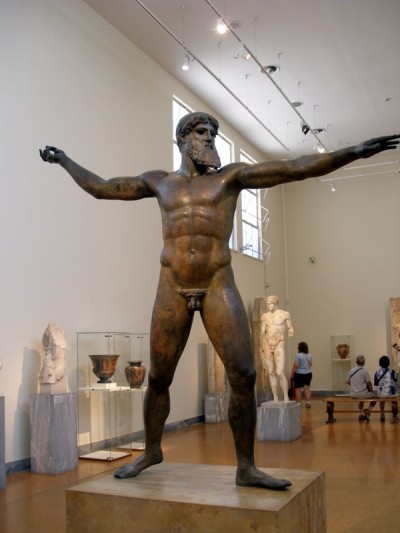
I can't even begin to describe it all. After four hours we still hadn't seen everything, but our legs eventually gave out and we headed back to the hotel for a rest. That night, we had dinner at the restaurant "Ithaci", near the cathedral, where we paid far too much for a mediocre meal.
On Sunday morning, we toured the brand new Acropolis museum (unfortunately no photos, because we weren't allowed to take any). The building's innovative design includes excavated ruins under a glass walkway at the entrance. The collection and displays inside the building provided us with much better insight into the history of the Acropolis and the Parthenon.
The construction of the Parthenon was financed from the coffers of the Delian league, a coalition of city-states originally formed to defend the region against the Persians. The project was undertaken as part of an effort to rebuild the Acropolis monuments that had been destroyed during the Persian war. It was politically controversial and hugely expensive. It boggles the mind to contemplate the sheer number of man-hours and architectural knowledge required for the construction of such a massive building. In spite of this, the Parthenon was completed in only 15 years. The architects even incorporated features to create compensatory optical illusions: long horizontal lines are curved upward to counteract the perception of sagging; vertical columns that appear to be straight are actually inclined inward and lean slightly toward each other. The building was constructed of the highest quality white marble, but the statuary and carvings were originally painted in bright colours.
It's miraculous that even a small part of the glory of the Parthenon is still evident today. It was defaced by early Christians (who weren't too keen on anatomically correct nude statues of pagan gods) and converted to a church. Later, it had a minaret added for its next incarnation as a mosque. It was even used as a gunpower magazine by the Turks. During the siege of the Acropolis in the 17th century, a Venetian cannonball struck the gunpowder and created an explosion that destroyed much of the building. Not having done enough damage for one day, the Venetians shattered many of the remaining statues to smithereens in a bungled attempt to lift them off the hill and carry them back to Venice.
In 1801, Lord Elgin's men descended on the Acropolis, supposedly to sketch and mold the surviving artwork. Instead, under the blind eye of the Turkish authorities who were in charge at the time, they began cutting off pieces of the building and carrying them away. In the process, even more of the Parthenon was damaged. A large section of the frieze, numerous carved panels (metopes) and some of the statues from the pediments (among other things) were loaded onto ships headed back to jolly old England. The debate about whether or not Lord Elgin had the legal right to do this continues to this day.
Luckily, Lord Elgin didn't have a ship big enough to carry away the Porch of Maidens from the Erechthion (the smaller temple near the Parthenon that held the revered olive wood statue of Athena) and had to limit himself to a single statue (called a Caryatid, because the models for the maidens were from Karyes). The remaining Caryatids are now safely on display in the Acropolis museum, while the Erechthion, shown below, has been refitted with replicas
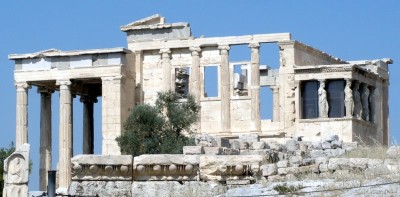
Needless to say, the Greeks are not pleased that the British Museum is holding so many of their national treasures, and the disputed items, known as the "Elgin Marbles" are a source of considerable debate and controversy. So far, efforts to have the Marbles returned have been unsuccessful, but the museum designers have optimistically created a space that will safely house the missing pieces should they eventually be returned. In the meantime, plaster replicas will be on display. The upper gallery is laid out to a scale that replicates the footprint of the Parthenon, with great views of the Acropolis from the windows.
After leaving the museum, we had just enough time for a short walk along the pedestrianized area below the Acropolis before heading to the station to catch the 1 p.m. bus to Lefkada.
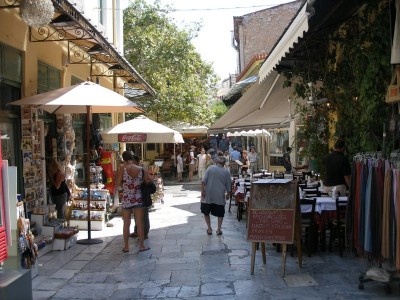
At Lefkada we piled into Horatio's van and made our way to Vlicho, where, as you may already know, a nasty little surprise awaited us. But I think we've already got that story covered!
____________________________________________________________
For centuries, Athens was the artistic, cultural and intellectual centre of the ancient world. No one seems quite certain when the hilltop town took the name of the goddess Athena, but the site has a history that dates back to Neolithic times. In its heyday, the city-state of Athens was home to Aristotle, Plato, Socrates, Herodotus and the statesman Pericles, who in 447 BC, undertook the mega-project of constructing the Parthenon. Modern-day Athens is a city of contrasts, where ancient monuments and classical buildings provide relief from the ugly concrete jungle erected when "The Colonels" (a military junta from the 1960s and 70s) were in power.

Two days in Athens allowed us barely enough time to get a glimpse of the major sites, but we did our best.
Our arrival in Athens was auspiciously timed to coincide with a period of relatively cool weather. By "cool", I mean that the mercury was hovering in the low 30s instead of the 36+ temperatures of the previous week. We'd made a reservation at the Hotel Astor near Syntagma Square, where the price of 86 euros included a large double room with bath and an elaborate breakfast buffet served in a rooftop restaurant that overlooked the Acropolis. I collapsed into a deep sleep within minutes of checking in, but Rick was surprisingly full of energy and set out for the Acropolis (which I had already toured during my short visit to Athens in June). He returned two hours later, hot and footsore from the steep climb, but suitably impressed by the sites on the hill. The Parthenon and several of the other temples were still under scaffolding, but that is likely to be the case for an extended period in view of the scope of the restoration project.

Early in the evening, we wandered over to the Plaka district (the old Turkish quarter) and walked to the Roman agora to see the Tower of the Winds.

We'd read about this tower in the wonderful book "Southern Winds" by Sebastian Smith, a thoughtful gift from Linda Keddy that was waiting for us when we returned home in June. Built over two thousand years ago, each of the tower's eight sides is aligned with a cardinal compass point and decorated with a relief depicting the appropriate Mediterranean wind. In ancient times, it served as a sundial, waterclock and windvane. Even though it is not a large structure, this tower has deep meaning for those of us whose travel is governed by those unpredictable winds! After a quick dinner in a streetside taverna, we made it an early night.
After breakfast the next morning, we headed for the bus station to buy our tickets to Lefkada, with a brief detour to the end-of-season sale at a Zara store along the way. Next on the agenda was the National Archeological Museum, a treasure house of artifacts where every display case is a lesson in history. Surely this is one of the richest collections in the world, including primitive artwork dating to 6500 BC, the famous golden Mask of Agamemnon from Mycenae (shown above) Minoan frescoes from Santorini that date back to the 16th century BC, Cycladic figurines from the 2nd and 3rd centuries BC and the unforgettable 5th century BC statue of Zeus, or maybe it's Poseidon (depending on whether you think the item now missing from his hand was a trident or a bolt of lightening). Interestingly, the male statues are generally nudes of startling anatomical accuracy, while the statues of women are typically clothed.

I can't even begin to describe it all. After four hours we still hadn't seen everything, but our legs eventually gave out and we headed back to the hotel for a rest. That night, we had dinner at the restaurant "Ithaci", near the cathedral, where we paid far too much for a mediocre meal.
On Sunday morning, we toured the brand new Acropolis museum (unfortunately no photos, because we weren't allowed to take any). The building's innovative design includes excavated ruins under a glass walkway at the entrance. The collection and displays inside the building provided us with much better insight into the history of the Acropolis and the Parthenon.
The construction of the Parthenon was financed from the coffers of the Delian league, a coalition of city-states originally formed to defend the region against the Persians. The project was undertaken as part of an effort to rebuild the Acropolis monuments that had been destroyed during the Persian war. It was politically controversial and hugely expensive. It boggles the mind to contemplate the sheer number of man-hours and architectural knowledge required for the construction of such a massive building. In spite of this, the Parthenon was completed in only 15 years. The architects even incorporated features to create compensatory optical illusions: long horizontal lines are curved upward to counteract the perception of sagging; vertical columns that appear to be straight are actually inclined inward and lean slightly toward each other. The building was constructed of the highest quality white marble, but the statuary and carvings were originally painted in bright colours.
It's miraculous that even a small part of the glory of the Parthenon is still evident today. It was defaced by early Christians (who weren't too keen on anatomically correct nude statues of pagan gods) and converted to a church. Later, it had a minaret added for its next incarnation as a mosque. It was even used as a gunpower magazine by the Turks. During the siege of the Acropolis in the 17th century, a Venetian cannonball struck the gunpowder and created an explosion that destroyed much of the building. Not having done enough damage for one day, the Venetians shattered many of the remaining statues to smithereens in a bungled attempt to lift them off the hill and carry them back to Venice.
In 1801, Lord Elgin's men descended on the Acropolis, supposedly to sketch and mold the surviving artwork. Instead, under the blind eye of the Turkish authorities who were in charge at the time, they began cutting off pieces of the building and carrying them away. In the process, even more of the Parthenon was damaged. A large section of the frieze, numerous carved panels (metopes) and some of the statues from the pediments (among other things) were loaded onto ships headed back to jolly old England. The debate about whether or not Lord Elgin had the legal right to do this continues to this day.
Luckily, Lord Elgin didn't have a ship big enough to carry away the Porch of Maidens from the Erechthion (the smaller temple near the Parthenon that held the revered olive wood statue of Athena) and had to limit himself to a single statue (called a Caryatid, because the models for the maidens were from Karyes). The remaining Caryatids are now safely on display in the Acropolis museum, while the Erechthion, shown below, has been refitted with replicas

Needless to say, the Greeks are not pleased that the British Museum is holding so many of their national treasures, and the disputed items, known as the "Elgin Marbles" are a source of considerable debate and controversy. So far, efforts to have the Marbles returned have been unsuccessful, but the museum designers have optimistically created a space that will safely house the missing pieces should they eventually be returned. In the meantime, plaster replicas will be on display. The upper gallery is laid out to a scale that replicates the footprint of the Parthenon, with great views of the Acropolis from the windows.
After leaving the museum, we had just enough time for a short walk along the pedestrianized area below the Acropolis before heading to the station to catch the 1 p.m. bus to Lefkada.

At Lefkada we piled into Horatio's van and made our way to Vlicho, where, as you may already know, a nasty little surprise awaited us. But I think we've already got that story covered!
Comments
| Vessel Name: | Aisling I |
| Vessel Make/Model: | Slocum 43 |
| Hailing Port: | Halifax, NS, Canada |
| Crew: | Rick and Bonnie Salsman |
| About: | |
| Extra: | |
| Social: |
Aisling I's Photos - Aisling I (Main)
About Aisling 1
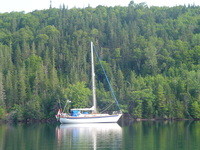
Who: Rick and Bonnie Salsman
Port: Halifax, NS, Canada
Quick Links
- Miscellaneous
- Greece-other
- Croatia and Montenegro 2012
- Sicily 2011-2014
- Italy (Mainland) 2012
- Weather and Technical
- Turkey
- Greece-Aegean
- Syracuse 2009
- Tunisia
- Malta
- Greece Ionian & Gulf of Corinth
- Sicily 2008
- Corsica and Sardinia
- Southern France
- Transatlantic part 2-Azores to Baiona
- Azores 2007
- South Spain & Balearics-2008
- South Spain & Gibraltar 2007
- Portugal 2007
- Atlantic Spain
- Transatlantic part 1-Halifax to Azores
- Previous Trips
- pre departure
- Show All Posts








